Walking pneumonia cases are picking up pace
Another respiratory illness to be wary of

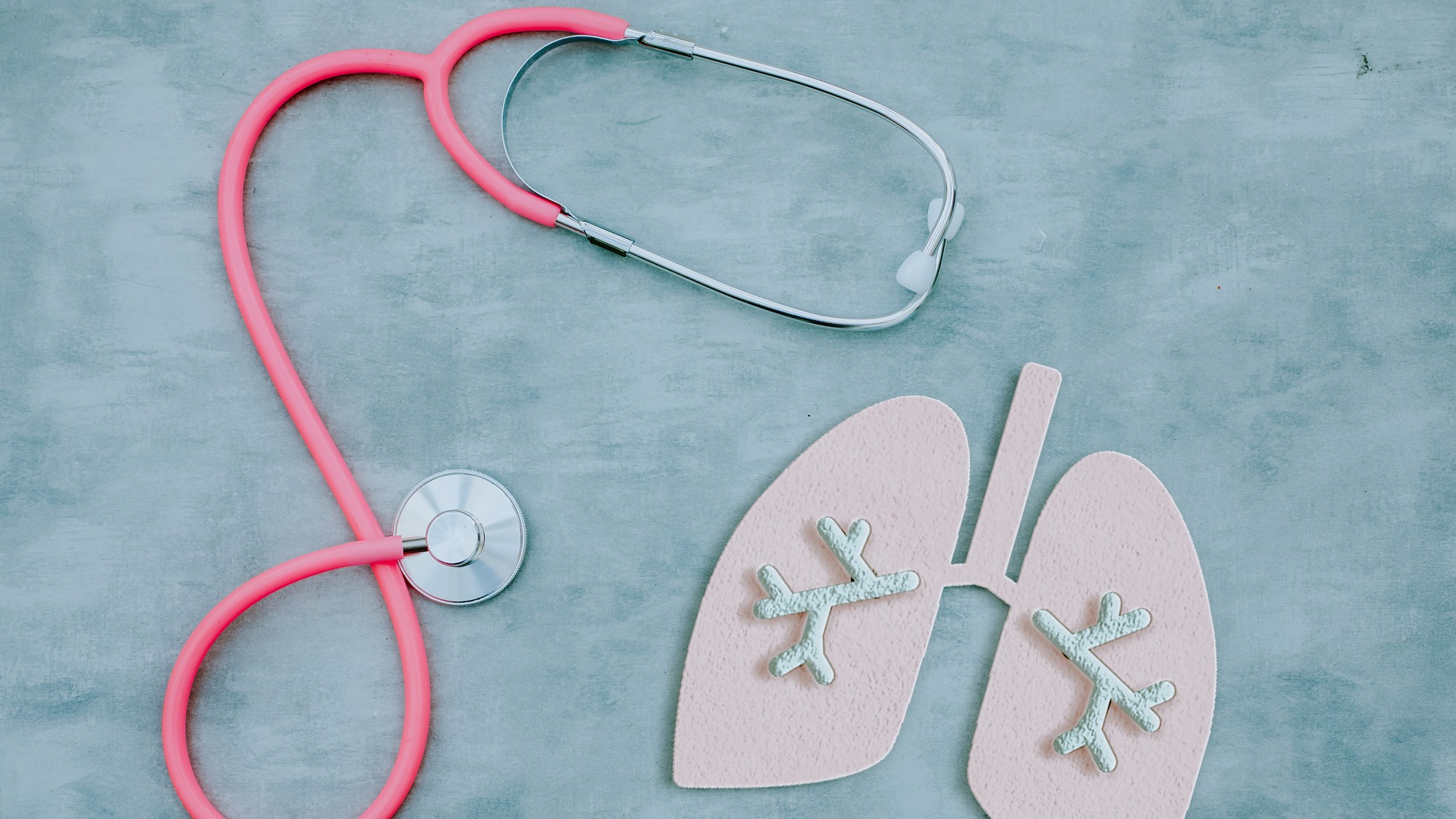
The country is already in the midst of a "quademic" with the flu, Covid-19, RSV and norovirus making the rounds. However, another disease is also quietly rising in number of infections: walking pneumonia. The respiratory infection, while generally mild, can be severe in some cases, especially among young children.
What is walking pneumonia?
Walking pneumonia is a respiratory tract infection caused by the bacteria Mycoplasma pneumoniae. "In many cases, the person will not even know they were infected, because their body clears the infection and it never causes significant or noticeable illness," said Johns Hopkins University. In some cases, it can cause fever, persistent or worsening cough, sore throat, tiredness and headache. "While uncommon, serious complications from infection can occur that require hospital care, including new or worsening asthma, severe pneumonia, and encephalitis (brain disease)," said the Centers for Disease Control and Prevention (CDC).
The disease is not new but is on the rise in children. "The percentage grew from 1.0% to 7.2% among children ages 2-4 years and from 3.6% to 7.4% among children ages 5-17 years," since the fall of 2024, the CDC said. "The increase in children ages 2-4 years is notable because M. pneumoniae historically hasn't been recognized as a leading cause of pneumonia in this age group."
The Week
Escape your echo chamber. Get the facts behind the news, plus analysis from multiple perspectives.

Sign up for The Week's Free Newsletters
From our morning news briefing to a weekly Good News Newsletter, get the best of The Week delivered directly to your inbox.
From our morning news briefing to a weekly Good News Newsletter, get the best of The Week delivered directly to your inbox.
The disease progresses more gradually than traditional pneumonia, "so it's going to be a few days where you start to feel poorly, you start to get a cough, you start to get a fever, and really over about three to five days, you get a fever, headache, muscle aches and then start to get a pretty bad cough with it," Donald Dumford, an infectious disease specialist at the Cleveland Clinic, said to PBS News. Walking pneumonia is usually diagnosed using a nose or throat swab similar to testing for Covid-19. "It's definitely important to see your doctor if you have symptoms that are nagging after about five to seven days or worsening after that time period," said Scientific American.
How are children being affected?
Traditional pneumonia can result in hospitalization and more severe symptoms, but walking pneumonia is a much milder form. "Walking pneumonia doesn't tend to cause much nasal or sinus congestion in adults, who tend to experience chest cold symptoms from an infection," said Johns Hopkins. "If someone other than a young child has a runny nose, nasal congestion or sinus buildup, it's more likely they have a viral infection — like the common cold, flu, or Covid — and not pneumonia."
The main cause for concern is that the disease largely affects younger children who are more susceptible to worse symptoms. In addition, the disease is very contagious. "If it enters a family, you actually expect that about 80% of the other kids in the family are going to get sick, about 40% of the adults are going to get sick," said Dumford. The spike in children could potentially be attributed to immunity gaps, as "during the Covid-19 pandemic, children were exposed to fewer germs, potentially weakening their immune defenses," said Verywell Health. Luckily, traditional preventative measures can help prevent the spread, including washing your hands and covering your mouth when you cough or sneeze. Walking pneumonia can also be treated with antibiotics.
A free daily email with the biggest news stories of the day – and the best features from TheWeek.com
Devika Rao has worked as a staff writer at The Week since 2022, covering science, the environment, climate and business. She previously worked as a policy associate for a nonprofit organization advocating for environmental action from a business perspective.
-
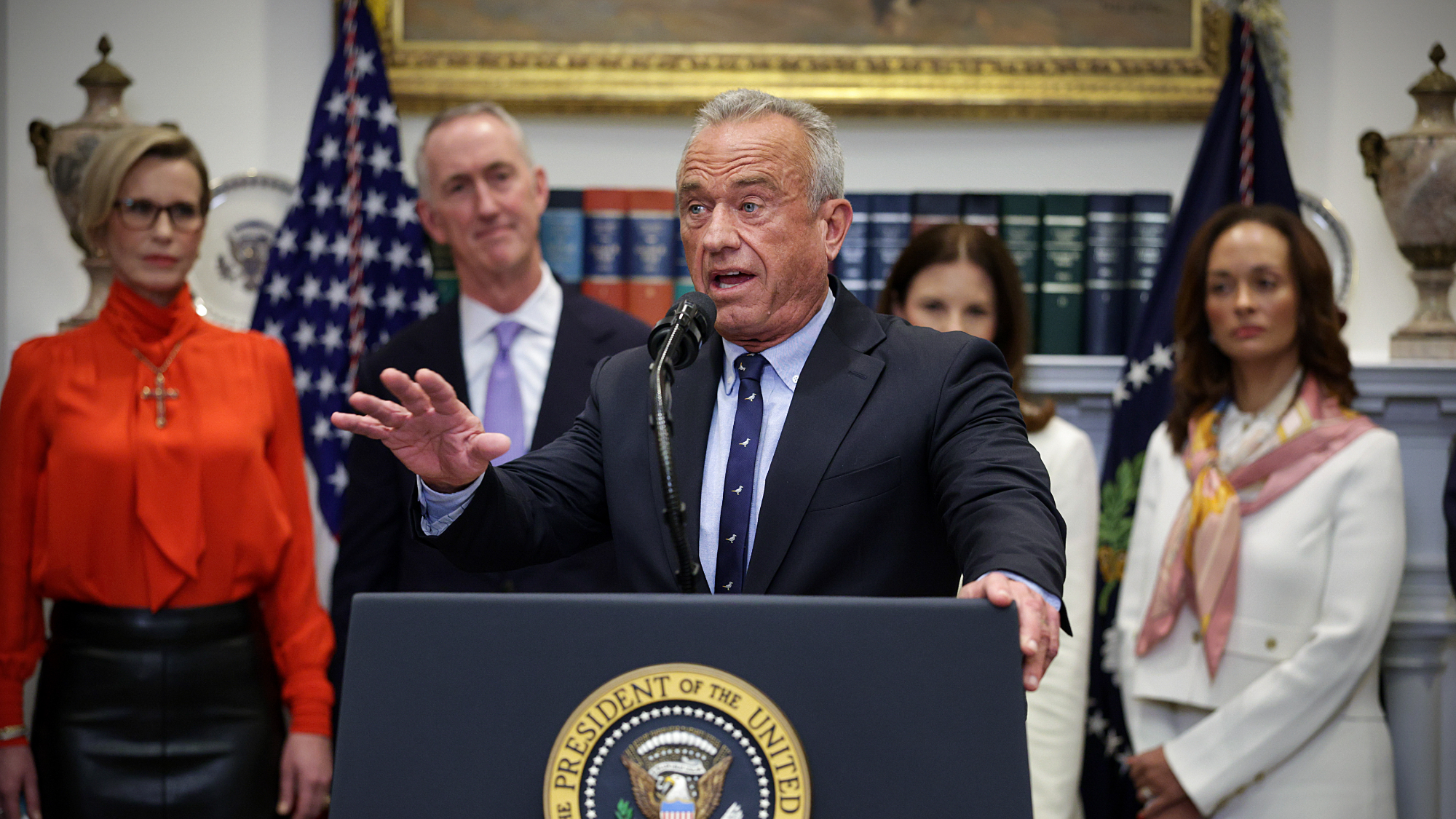 Trump HHS slashes advised child vaccinations
Trump HHS slashes advised child vaccinationsSpeed Read In a widely condemned move, the CDC will now recommend that children get vaccinated against 11 communicable diseases, not 17
-
 Deaths of children under 5 have gone up for the first time this century
Deaths of children under 5 have gone up for the first time this centuryUnder the radar Poor funding is the culprit
-
 A fentanyl vaccine may be on the horizon
A fentanyl vaccine may be on the horizonUnder the radar Taking a serious jab at the opioid epidemic
-
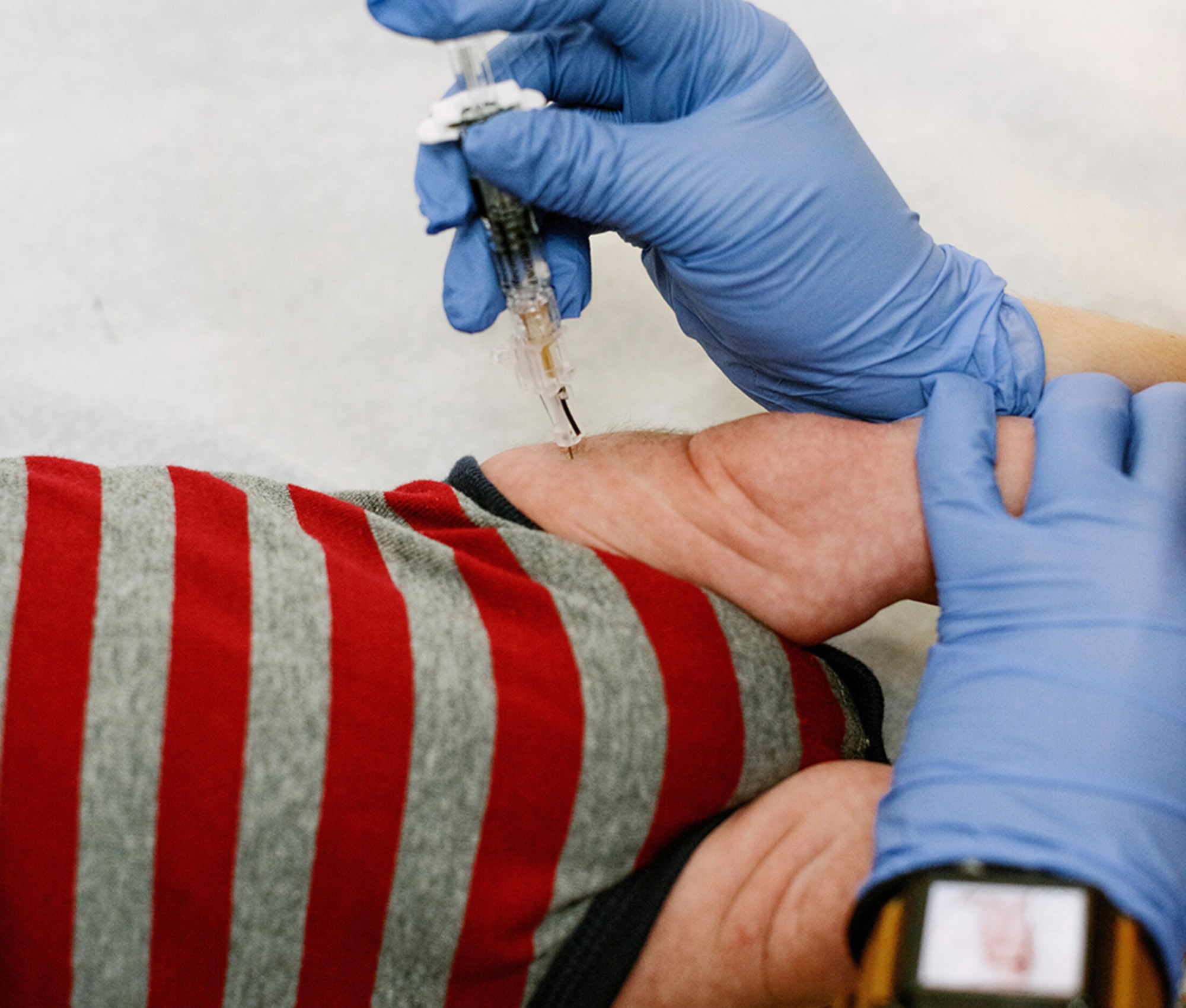 Health: Will Kennedy dismantle U.S. immunization policy?
Health: Will Kennedy dismantle U.S. immunization policy?Feature ‘America’s vaccine playbook is being rewritten by people who don’t believe in them’
-
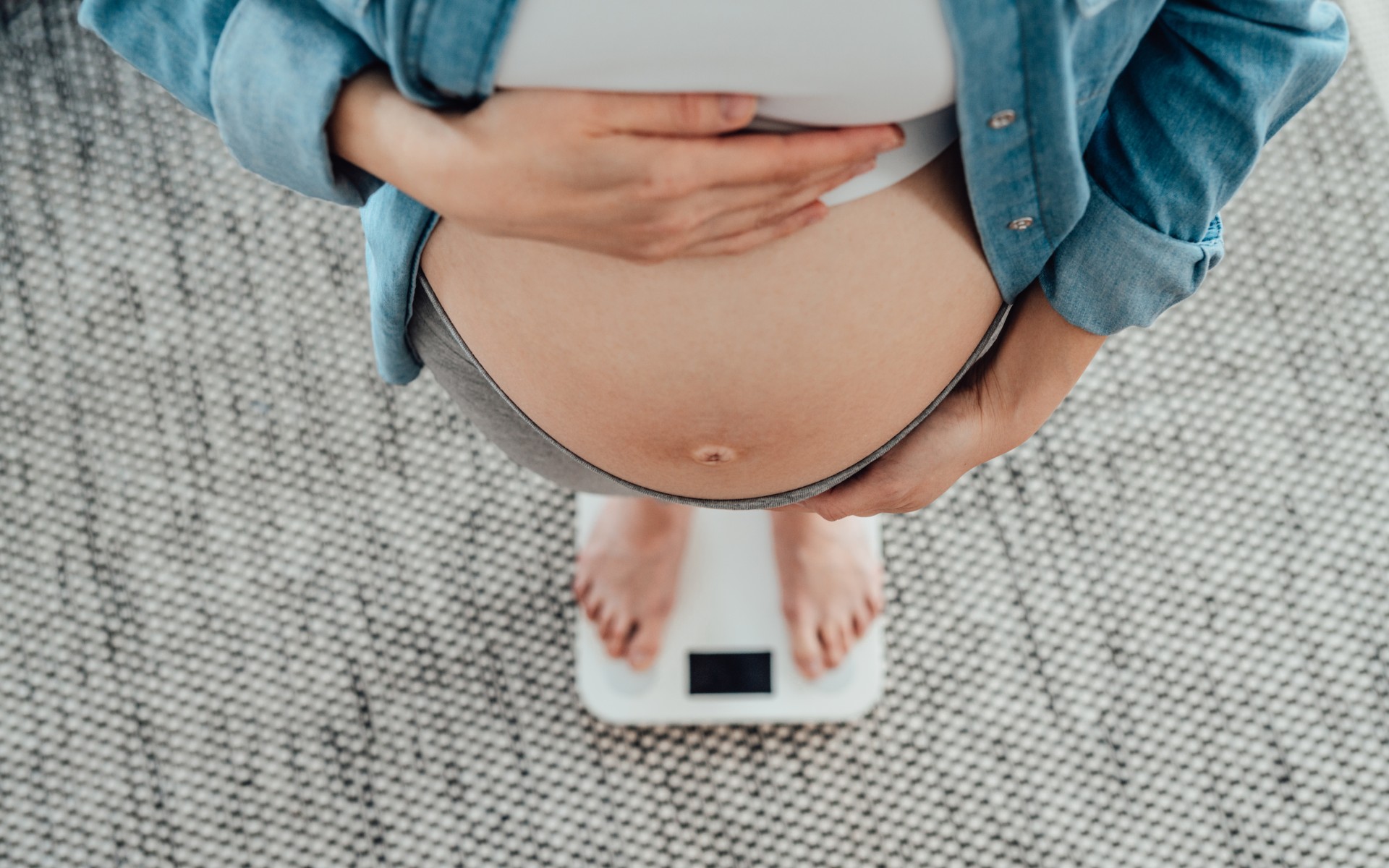 Stopping GLP-1s raises complicated questions for pregnancy
Stopping GLP-1s raises complicated questions for pregnancyThe Explainer Stopping the medication could be risky during pregnancy, but there is more to the story to be uncovered
-
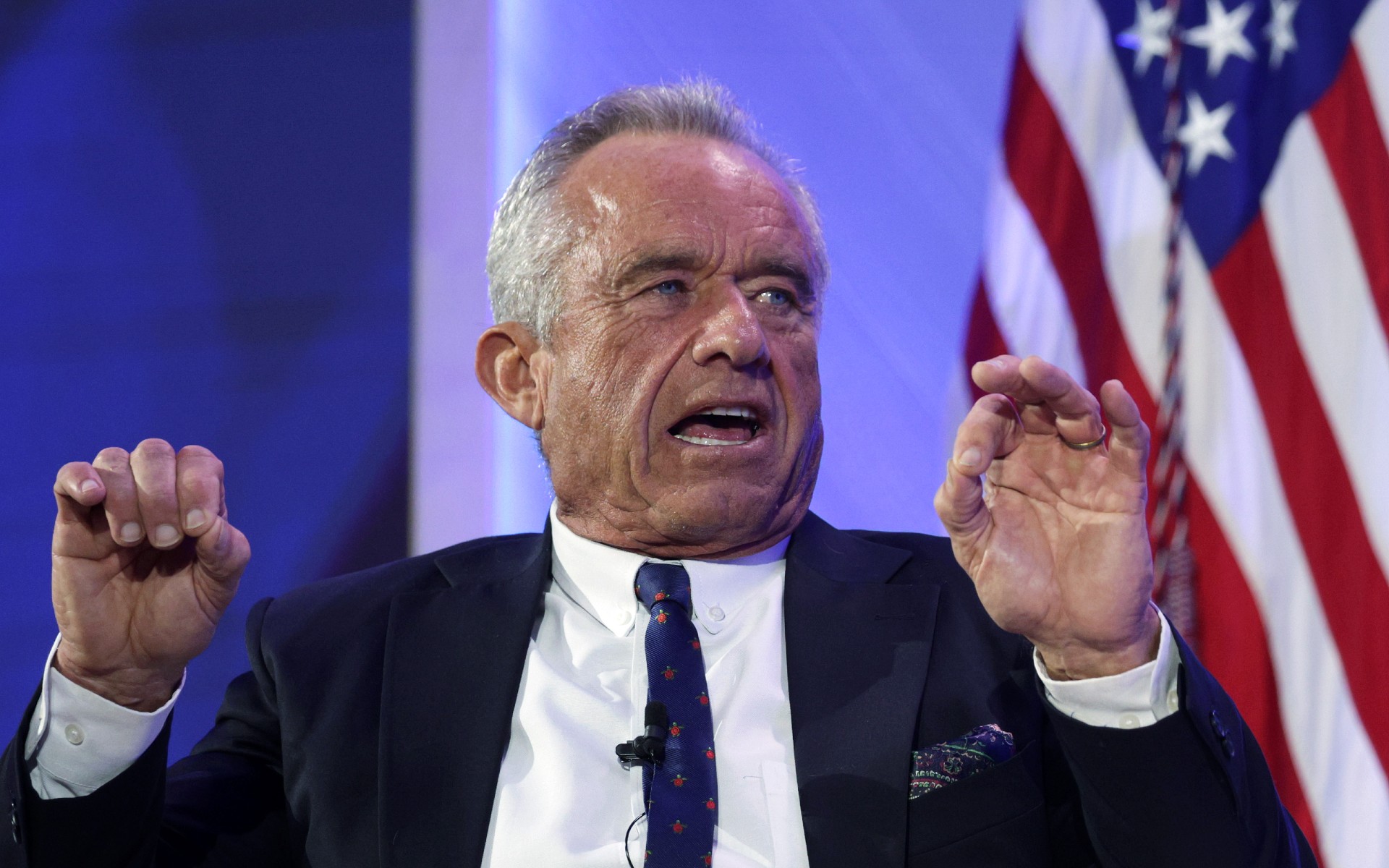 RFK Jr. sets his sights on linking antidepressants to mass violence
RFK Jr. sets his sights on linking antidepressants to mass violenceThe Explainer The health secretary’s crusade to Make America Healthy Again has vital mental health medications on the agenda
-
 Vaccine critic quietly named CDC’s No. 2 official
Vaccine critic quietly named CDC’s No. 2 officialSpeed Read Dr. Ralph Abraham joins another prominent vaccine critic, HHS Secretary Robert F. Kennedy Jr.
-
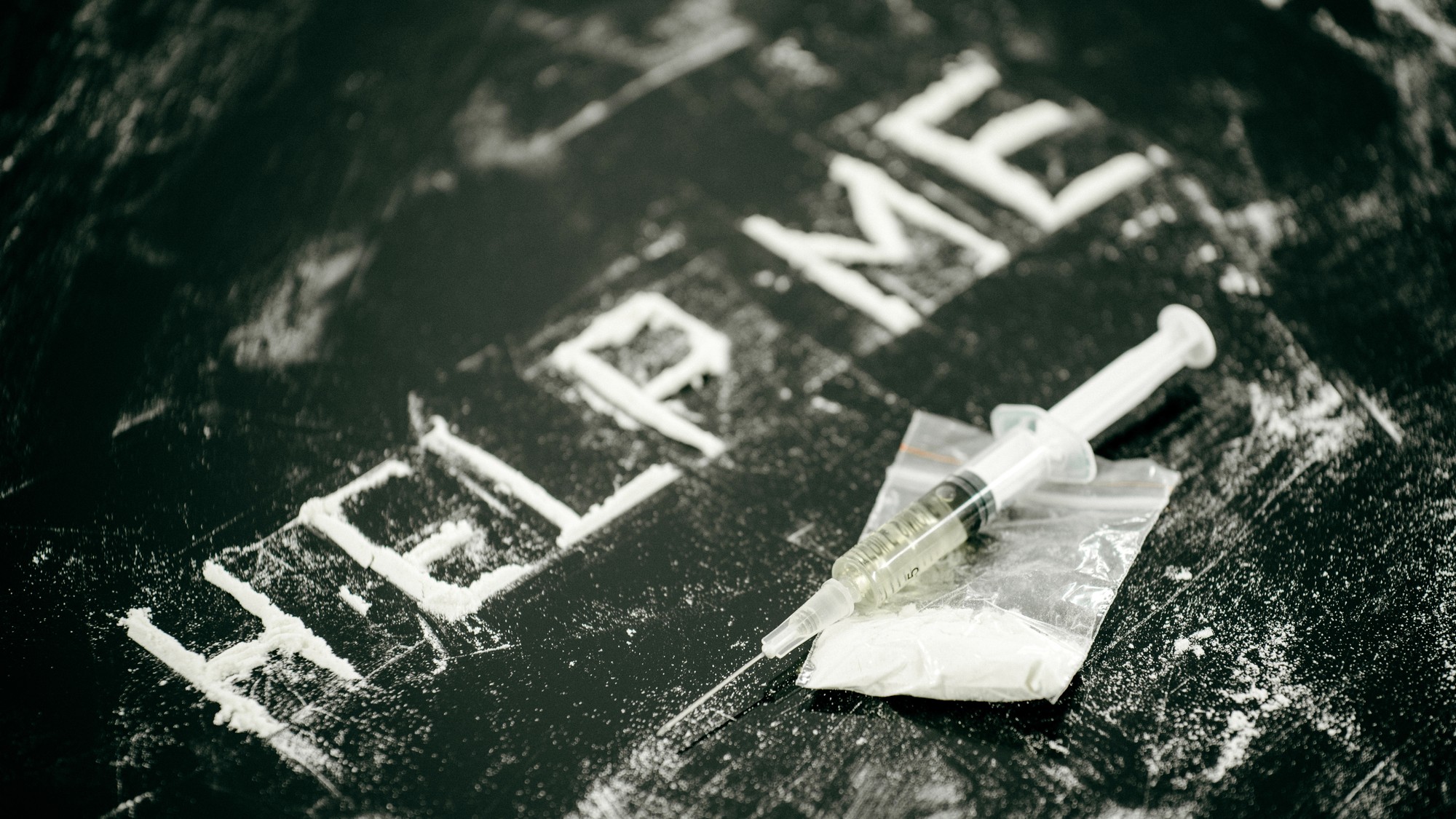 Nitazene is quietly increasing opioid deaths
Nitazene is quietly increasing opioid deathsThe explainer The drug is usually consumed accidentally



